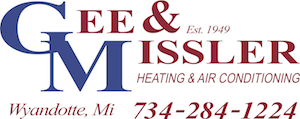A lot of homeowners only think they need air conditioning repair when their system completely stops working. However, the reality is your air conditioner will often drop hints letting you know it’s in trouble before a total breakdown that results in new AC installation. Noticing early problems and calling the experts at Gee & Missler Heating & Air Conditioning to fix issues early can save you from the hassle and expense of a full AC system failure. More importantly, it can prevent the uncomfortable feeling of having your AC stop working on a really hot day.
When you call us, our team of skilled HVAC technicians will pinpoint what’s wrong, make the necessary repairs and get your AC back on track. We have a proven track record in the community and provide top-tier, affordable AC service for our community.
Why wait until your cooling system stops working? Skip all that hassle by calling today to schedule AC repair in Wyandotte, MI, from Gee & Missler Heating & Air Conditioning.
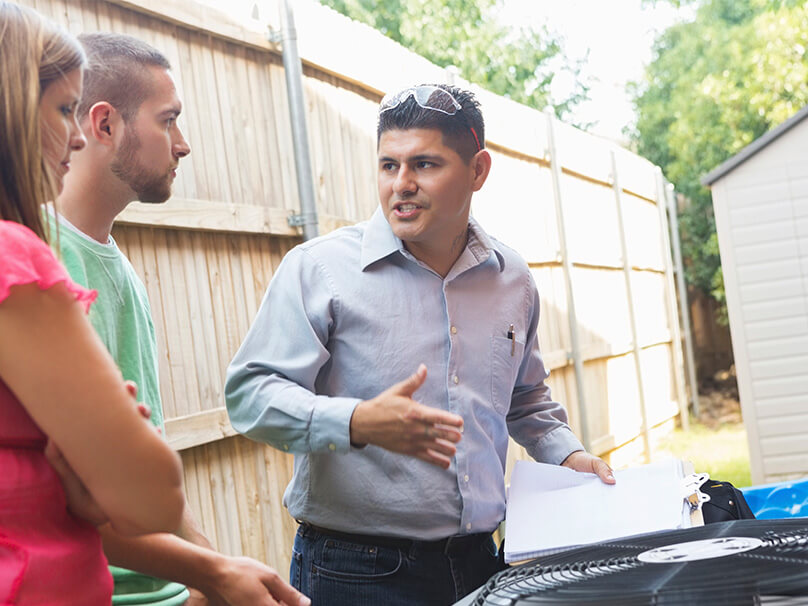
How to Know if You Need AC Repair
Wondering if your air conditioner requires service? From strange odors to no cold air coming from the vents, there are many clues that your cooling system has an issue and needs diagnosis and repair.
Here are some red flags that trouble may be around the corner and it’s time to call an HVAC technician from Gee & Missler Heating & Air Conditioning:
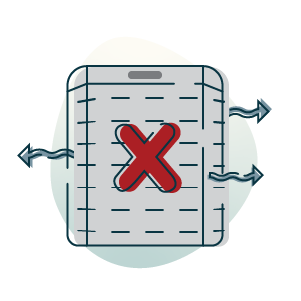
AC is blowing hot air
If hot air is flowing out of your AC unit instead of cool air, or if the air isn’t as cool as it should be, it’s a smart move to call us for professional cooling service.
Air conditioning keeps turning on and off
If your AC system turns on and off instead of maintaining steady operation, it could be a warning of potential issues and should be evaluated by one of our certified HVAC technicians.
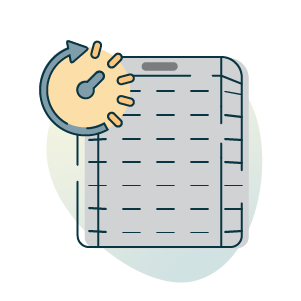
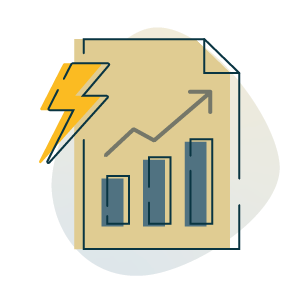
Cooling bills spike for what seems like no reason
A big jump in your energy costs can be a signal your AC unit is losing efficiency, which means it uses more energy to maintain a comfortable indoor temperature and needs AC maintenance or repair.
Odd smells are coming from your air conditioner
Air conditioners should not stink. A strange smell coming from your air conditioning system should be inspected by an HVAC technician, as they can be a symptom of trouble like mold, mildew or even electrical issues.
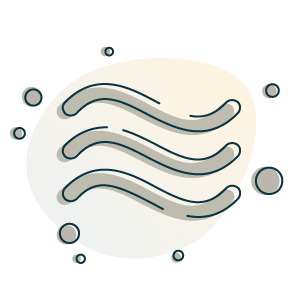
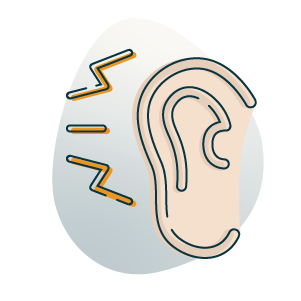
Loud sounds coming from your AC
If you hear odd noises when your AC system is running — thumping, scraping or high-pitched whining, to name just a few — it’s important to call for professional HVAC service to evaluate your system.
Request Pro Air Conditioner Repair Right Away
When you need air conditioning service without delay, call the HVAC repair experts at Gee & Missler Heating & Air Conditioning. We’ll promptly pinpoint the issue when your system won’t start or provide sufficient cool air.
